Y5 The Cook is really Long John Silver
£3.00
KS2 National Curriculum:
✓ Understanding bartering, currency, and trade in historical context
✓Explaining why treasure is buried and how maps are created
✓Completing a pirate plot story mountain
✓Exploring openings to pirate stories
This lesson looks at why gold became so important and it introduces the concepts of bartering and trade. It also looks at why gold needed to be buried and considers the key role played by treasure maps in the plots of pirate stories. It also looks at the need to include good and bad characters. Activities include completing a story mountain outlining a possible plot for a pirate story and a task based on pirate story openings.
There is a five-minute evidence-based CPD activity at the end of this lesson which will develop classroom teachers’ skill set. This CPD consists of a research extract on collaboration with a five-minute activity based on this extract.
Description
Recommended Year Group: Year 5
Focus: Understanding pirate story structure and plot features
Skills Developed:
• Identifying key features of pirate stories (setting, characters, plot)
• Mapping narrative structure using a story mountain
• Reconstructing the plot of Treasure Island
• Independent and collaborative analysis of story structure
• Reading – Comprehension: Identify and discuss themes and conventions in narrative
• Writing – Composition: Recognise narrative structure and develop plot understanding
• Spoken Language: Discuss structure with a partner, justify opinions
• Thinking and Learning: Metacognition, collaboration, self-assessment
These evidence-based learning (EBL) lessons are based on classroom practice that has been proven, by research, to maximise thinking, learning and attainment. From an extensive review of educational research, we identified the eight key classroom thinking and learning skills that were common across these research papers. We named these eight key skills “EBL skills”.
EBL skills have been proven by research to maximise learning because they combine the most productive thinking skills with the most effective learning behaviours. Each of our evidence-based learning lessons uses the English curriculum as a framework through which the eight EBL skills are delivered.
Teachers also have the opportunity to add to their own skill set or refresh their existing skills with our five-minute CPD activity, based on one of the EBL skills used in this lesson.
The skills in bold below are the EBL skills developed in this Pirate lesson. Click on each skill to learn more about that skill.
- Collaboration
- Thinking Skills
- Peer Assessment
- Peer Teaching
- Self-Assessment
- Metacognition
- Self-Regulation
- Independent Learning
Only logged in customers who have purchased this product may leave a review.
Related products
-


The Plot of a Pirate Story
£3.00 Add to basket £3.00Add to basket
£3.00Add to basketThis lesson looks at the main features of pirate stories including good and bad characters, treasure maps and typical plots. It also includes learning how to design a poster. Activities include designing a poster for the classroom to explain the plot of a pirate story and drawing a treasure map.
There is a five-minute evidence-based CPD activity at the end of this lesson which will develop classroom teachers’ skill set. This CPD consists of a research extract on collaboration with a five-minute activity based on this extract.
VIEW -


Y5 Alice, the White Rabbit and the Portal
£3.00 Add to basket £3.00Add to basket
£3.00Add to basketKS2 National Curriculum:
✓ Identify themes and conventions
✓ Understand story structure
✓ Develop speaking and listening through partner workActivities in this lesson include exploring the key components of fantasy stories: real and imaginary settings, real and imaginary characters, good vs evil, real journeys vs portals, the passing of time and the use of magic. Activities also include answering higher and lower order questions.
There is a five-minute evidence-based CPD activity at the end of this lesson which will develop classroom teachers’ skill set. This CPD consists of a research extract on collaboration with a five-minute activity based on this extract.
VIEW -
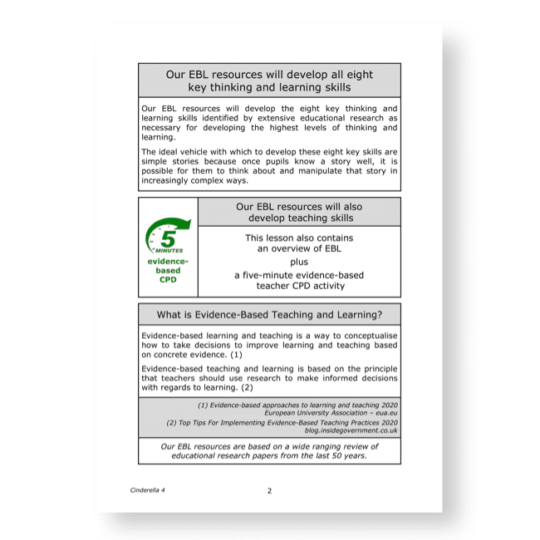
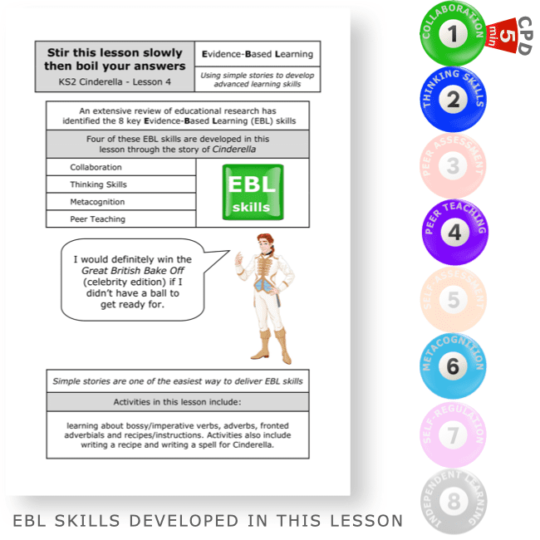
Stir this lesson slowly then boil your answers
£3.00 Add to basket £3.00Add to basket
£3.00Add to basketActivities in this lesson include learning about bossy/imperative verbs, adverbs, fronted adverbials and recipes/instructions. Activities also include writing a recipe and writing a spell for Cinderella.
There is a five-minute evidence-based CPD activity at the end of this lesson which will develop classroom teachers’ skill set. This CPD consists of a research extract on collaboration with a five-minute activity based on this extract.
VIEW -
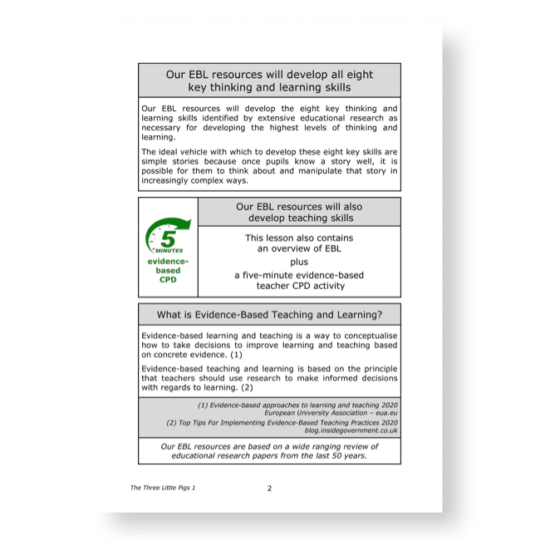
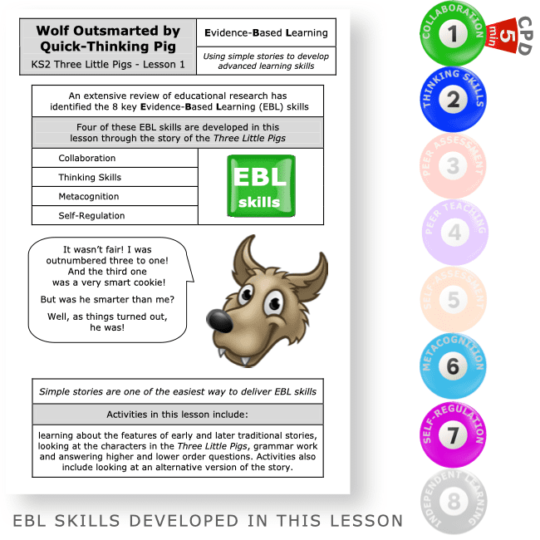
Wolf Outsmarted by Quick-Thinking Pig
£3.00 Add to basket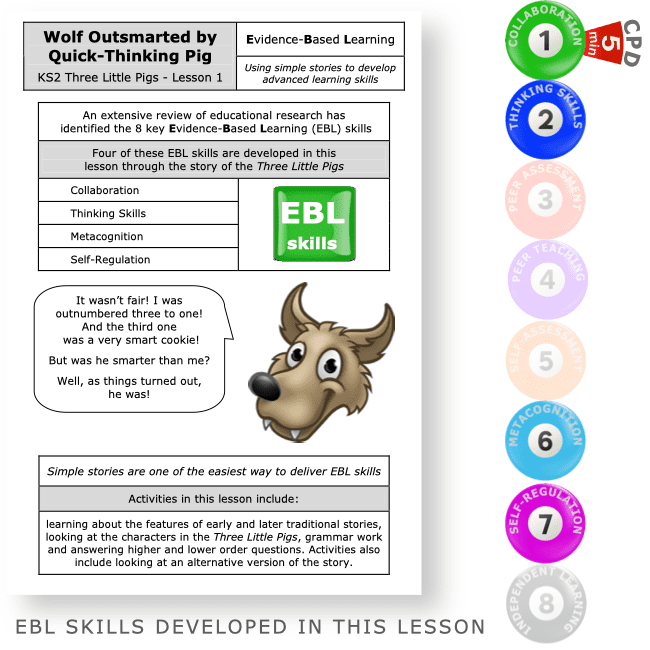 £3.00Add to basket
£3.00Add to basketActivities in this lesson include learning about the features of early and later traditional stories, looking at the characters in the Three Little Pigs, grammar work and answering higher and lower order questions. Activities also include looking at an alternative version of the story.
There is a five-minute evidence-based CPD activity at the end of this lesson which will develop classroom teachers’ skill set. This CPD consists of a research extract on collaboration with a five-minute activity based on this extract.
VIEW

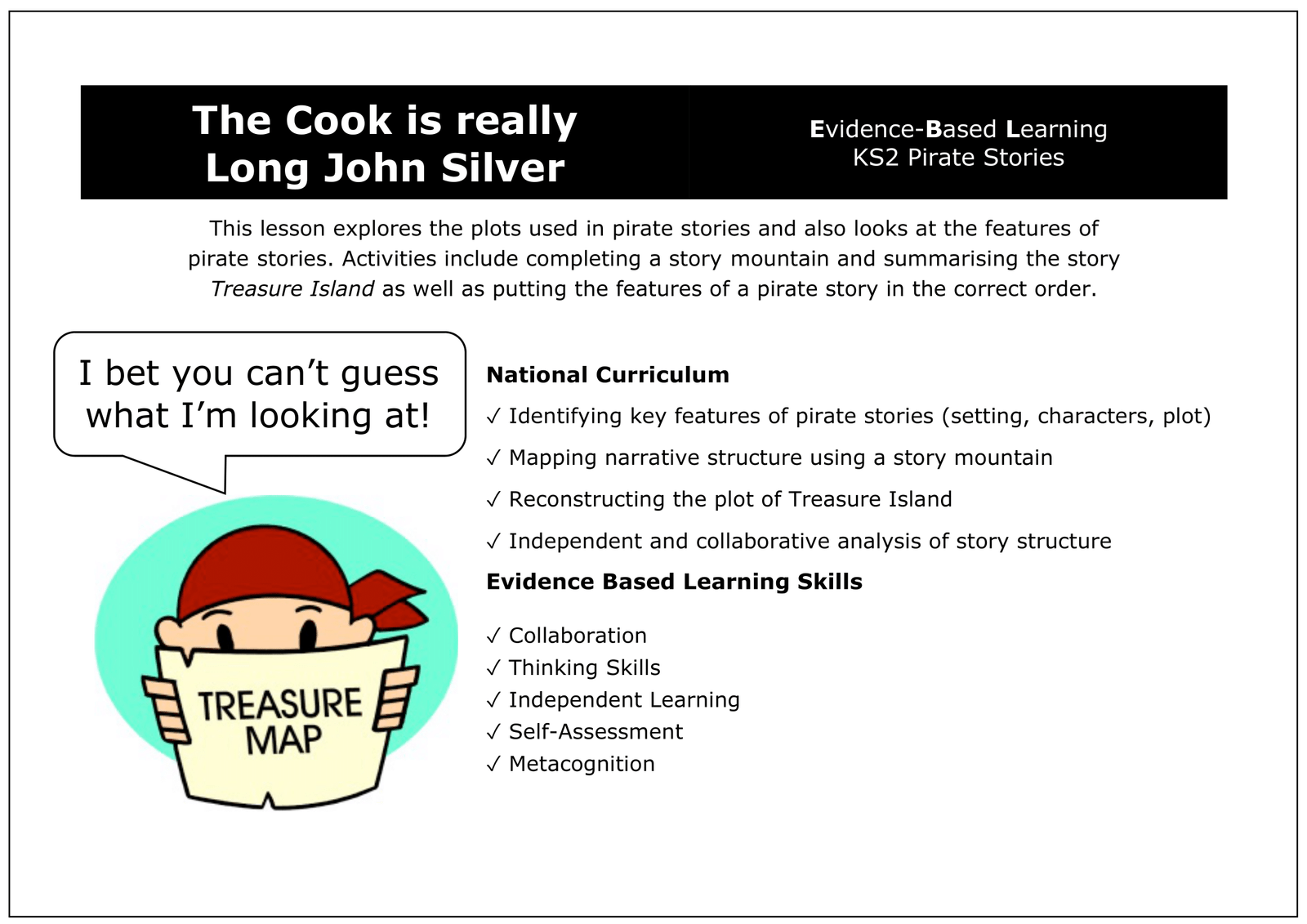
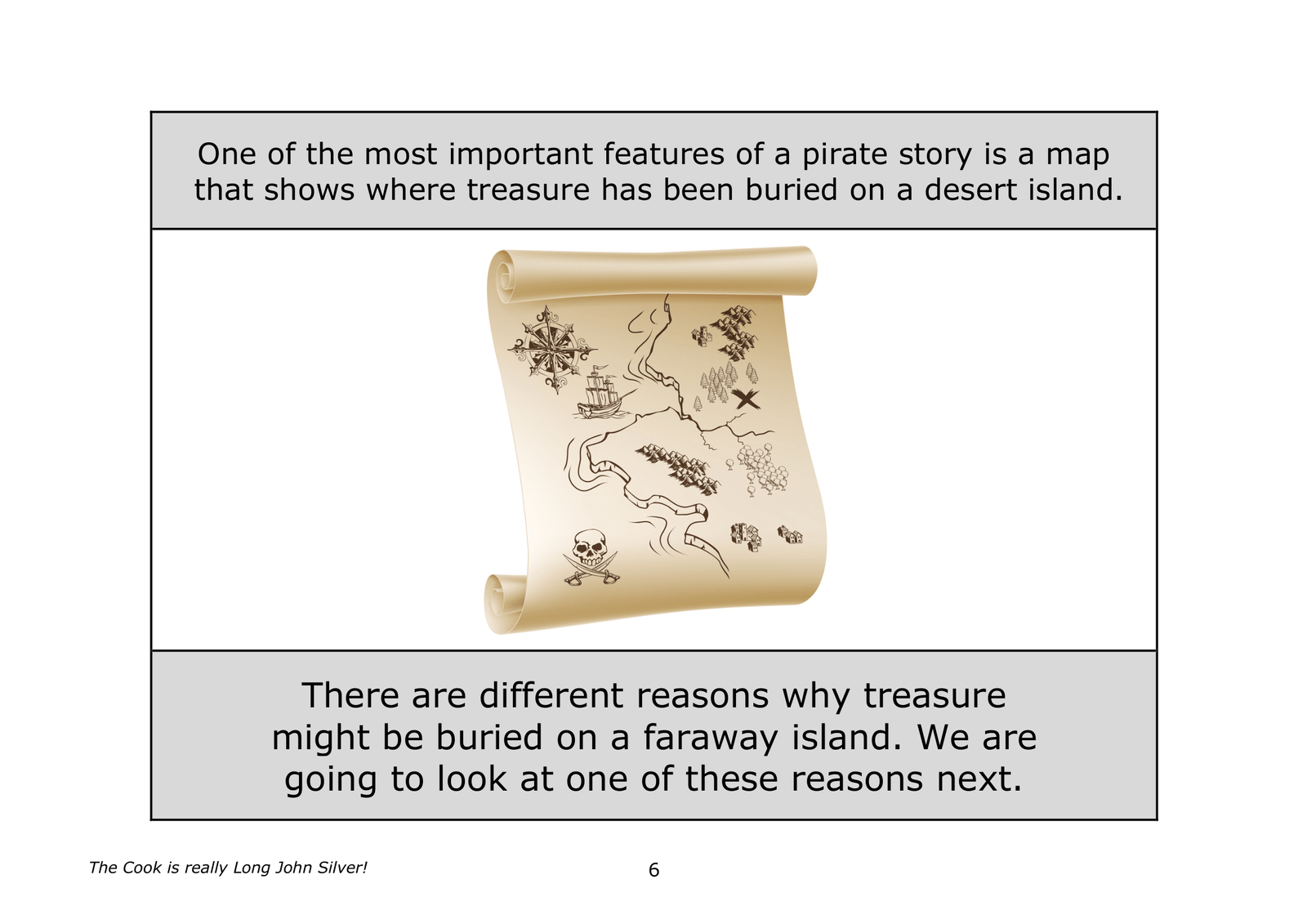
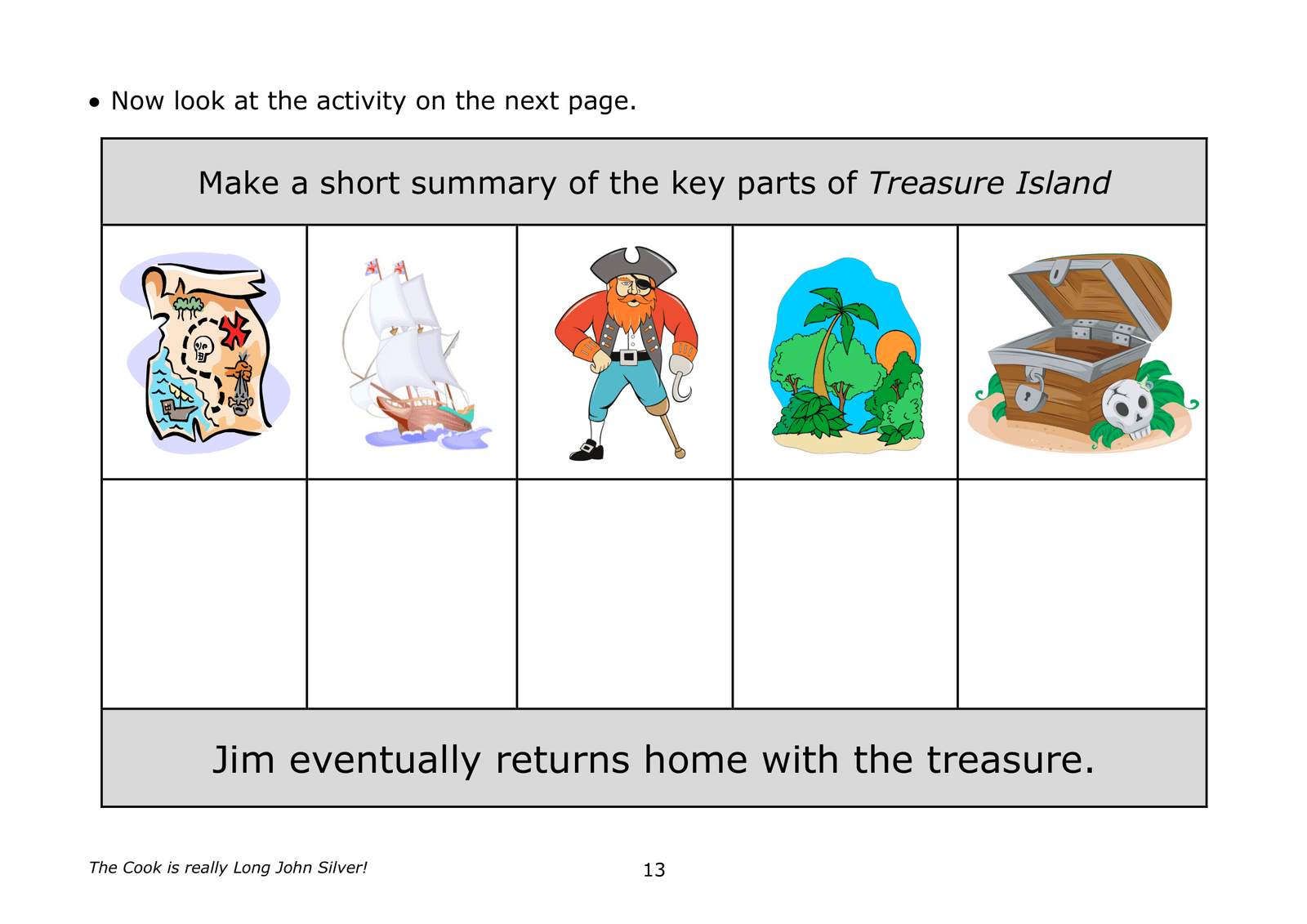
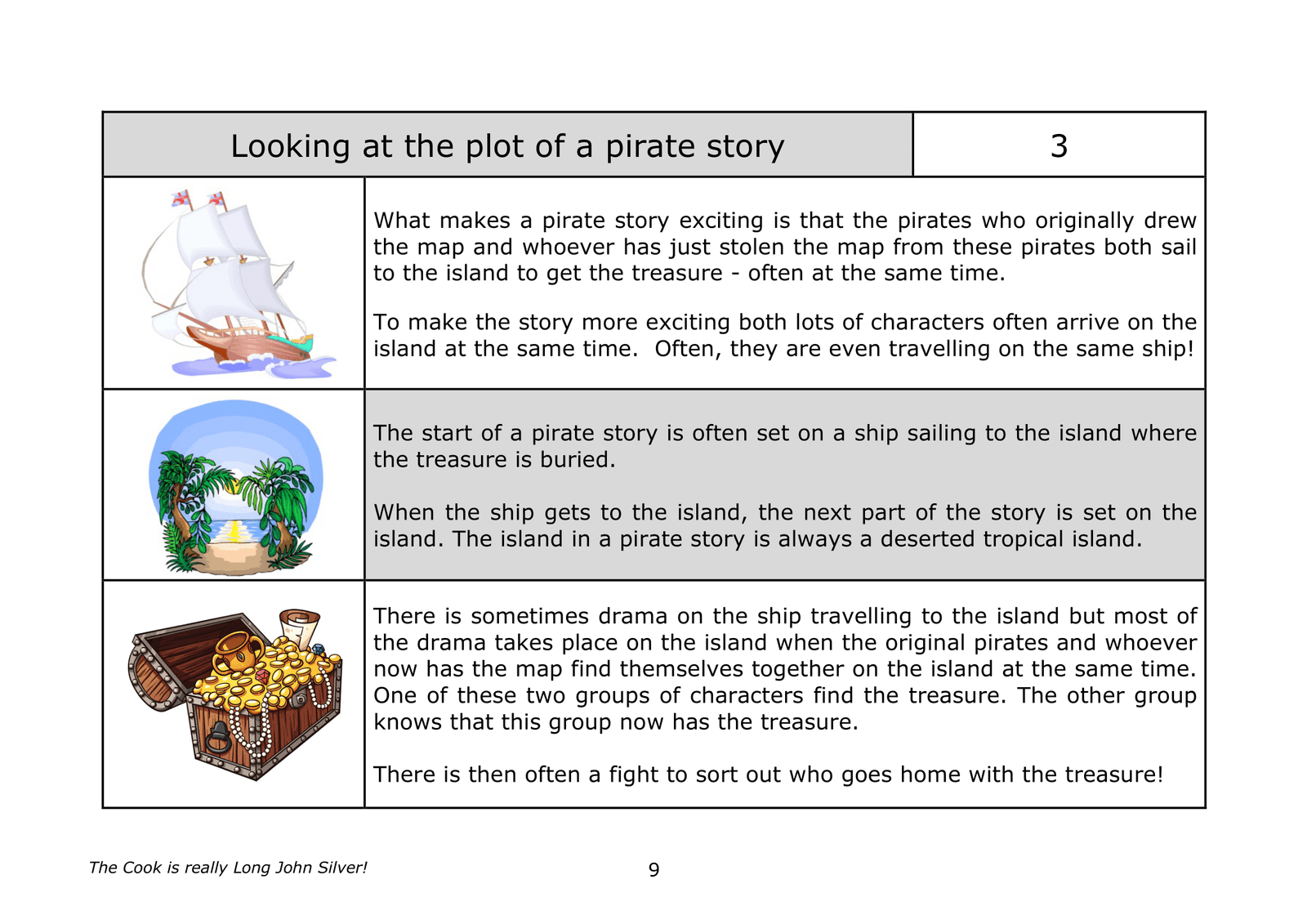
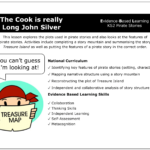
Reviews
There are no reviews yet.